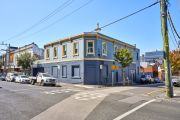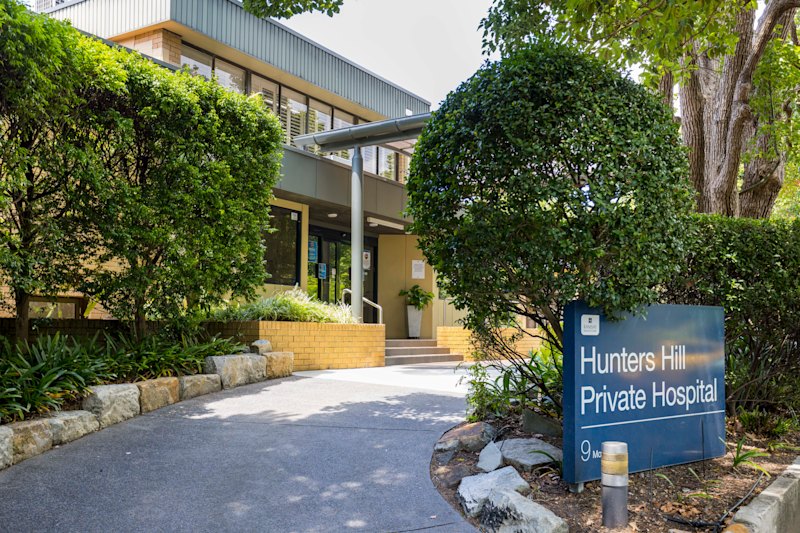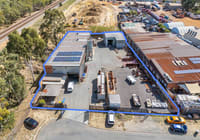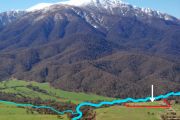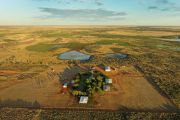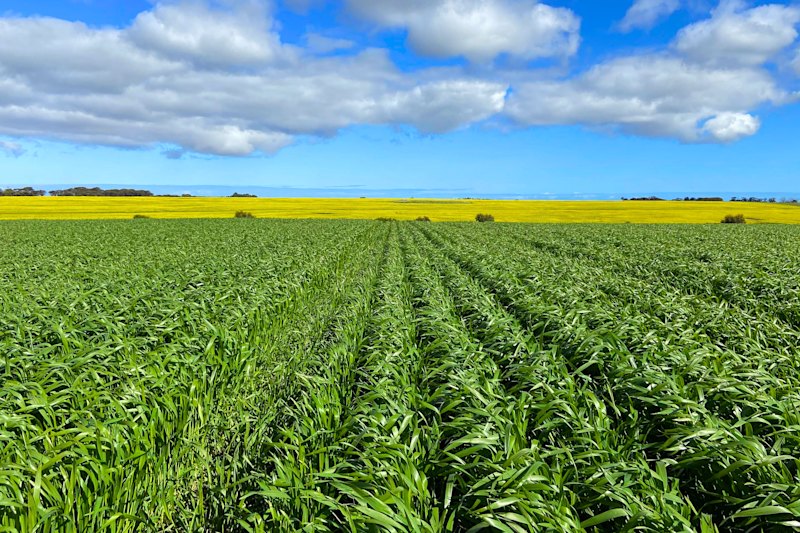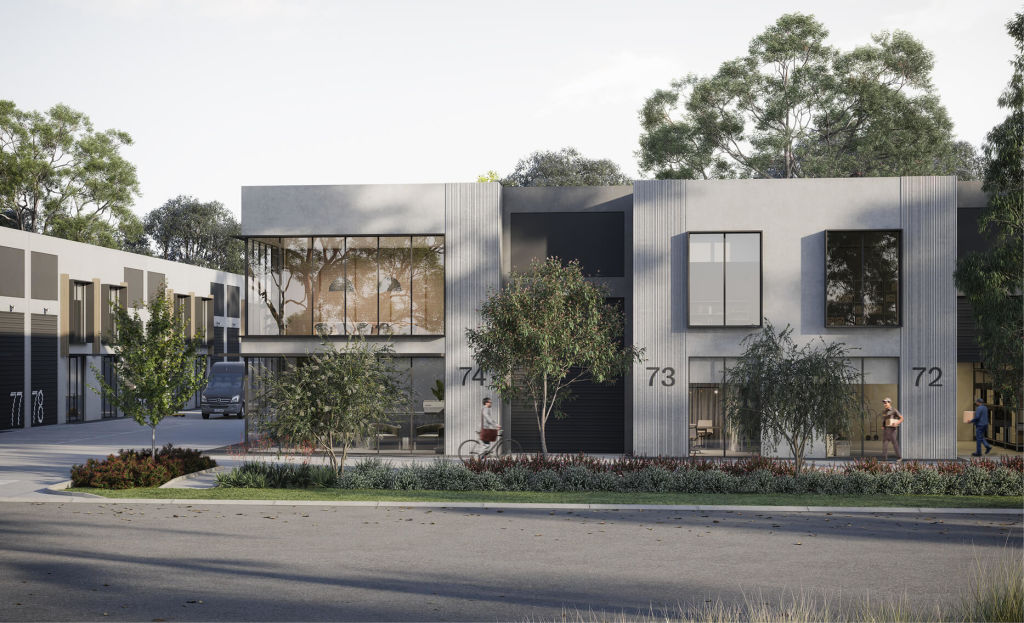
Small-format industrial now the shining star of commercial real estate
Industrial has long been the poster child of the commercial property sector, but the star of the show currently in many cities and large regional hubs is small-format industrial.
On the Gold Coast, it’s in particularly strong demand, buoyed by surging population growth and a shortage of land supply. “It’s doing incredibly well at the moment,” said Adam Grbcic, commercial sales specialist with AG Real Estate.
“The key drivers are for space for online logistics and a lot of commercial businesses don’t necessarily need street exposure or office space. Also, there’s huge demand from people living in apartments who need storage space, and room to store their caravans or jet skis, or want a man cave.”
For investors, the lower cost of small-format industrial is attractive as an entry point. It is also easier to manage than larger industrial spaces, with a greater number of tenants queueing to take up residence and low vacancy rates. For developers, it’s much quicker and cheaper to build.
Demand has now pushed up prices significantly, with up to $6000 per square metre being paid in some areas. On the Gold Coast, the top price tends to be around $1300 a square metre.
“It’s also a product that maximises a site’s available area,” Grbcic said. “There’s little of the footprint that isn’t leased.”
Small format industrial can be classed as anything from storage units that will generally be from 20 to 50 square metres, or include warehouses that would range from 100 to 300 square metres, according to Nick Barlow, property valuer and advisor with Suburbanite.
Even the smaller spaces can be ripe for value adding, he says, with often higher ceilings allowing owners to slot in a mezzanine floor to sometimes almost double the available space.
“It’s a very popular asset class at the moment, particularly in metro and regional areas that are experiencing population growth,” he said.
“Generally, they’re much cheaper than larger formats, and they’re in demand from business owners who want to operate from them, or investors who use their SMSF and then lease it out to another user, or even back to themselves to take advantage of tax concessions.
“The small format benefitted from the popularity of large format during COVID, and the associated demand for warehousing spaces during, and since, then. Small format has absorbed the ripple effect of that.”
There’s recently been a rush of pop-up industrial structures on small pieces of land, often HALO Structures, which are modular buildings that expand and contract as needed.
Helen Tarrant, the founder of Unikorn Commercial Property, says many of those are used for storage or man caves, while the larger ones are being bought or rented on one-year leases by start-ups.
“We’re finding the small industrial, like 150 to 300 square metres, is very popular with people who are going to industrial spaces rather than being in retail,” Tarrant said. “They’re mostly B2C [Business to Consumer] class companies who want to rent them until they expand to a bigger size.
“The smaller units, less than 100 square metres, are more suited to owner-occupiers. There’s now a huge number of people building smaller-format industrial facilities, so we could well end up with an oversupply in five years’ time.
Developers build what’s popular, and demand is so strong that there are prices of $5000 or $6000 a square metre, and they rent out for over $300 a square metre.”
In Stage 1 of Melbourne’s Altona North industrial park, nine industrial units – ranging in size from 107 to 184 square metres – sold for a total of $5 million.
Built by commercial developer Wilmac at the Wilmac Altona North industrial park, the small warehouses, with car parking on title, a kitchenette, a bathroom, and high ceilings, were bought by a mix of owner-occupiers and investors through SMSFs.
CBRE industrial property specialist Cameron Giles said the sales showcased the appeal of small format industrial property ownership for small to medium business owners in Melbourne’s west.
“We are now starting to witness a resurgence of owner occupiers and investors in the market, with a clear focus on premium quality industrial assets in prime inner western locations such as Altona North,” he said.
“Many occupiers in this space would still rather own their property than lease, with a flight to quality and immediate availability playing a key role in our success over the last month.”
Wilmac’s chief executive, Chris Wilkins, said, “These sales transactions prove that there is still a strong demand for these smaller industrial units, regardless of the broader economic conditions.”
